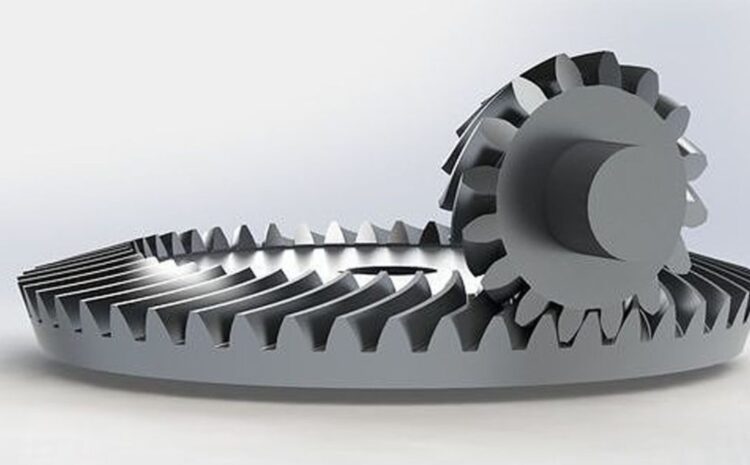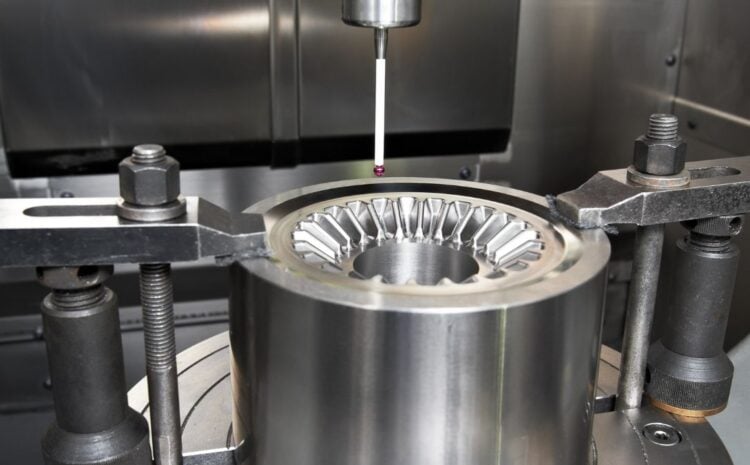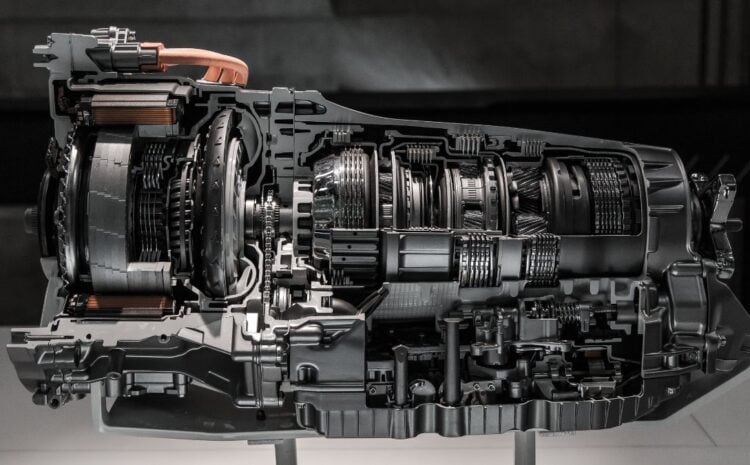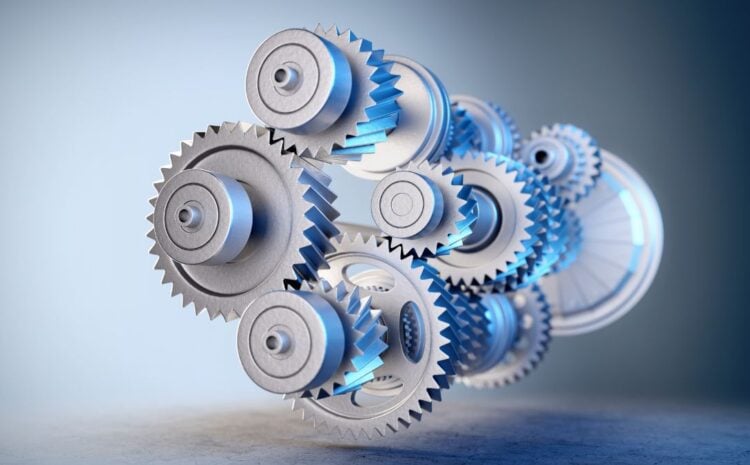The mechanical systems that transfer motion and power from one part to another must-have gear. Steel gears, in particular, are frequently employed in numerous industrial applications because of their strength, resilience, and resistance to wear. The benefits and drawbacks of it as well as their production method will be discussed in this article.
Advantages of Steel Gears
Durability and Strength
Steel gears are ideal for high-load applications because of their exceptional strength and durability. Unlike plastic or other materials, steel gears can withstand high torque and horsepower without breaking or deforming. Heavy-duty machinery should use them since they can resist constant operation, high temperatures, and hostile environments.
High Load Capacity
Steel gears’ high load capacity is one of their main benefits. Steel gears have a high load-carrying capacity without deforming, which is essential in industrial settings involving large machinery. The size, type of material, and number of teeth of steel gears all affect how much load they can support. In general, a gear’s load capacity increases with the number of teeth it has.
Wear and Corrosion Resistance
Steel gears have exceptional wear resistance, which allows them to tolerate friction and continue operating for a considerable amount of time. Moreover, they are resistant to rust, corrosion, and other forms of deterioration brought on by moisture or other factors. In order to increase the wear and corrosion resistance of steel gears and provide a longer lifespan and lower maintenance costs, these gears can be coated or treated.
Ability to Operate at High Temperatures
High temperatures do not affect the strength or durability of steel gears. Steel, which has a high melting point and can endure the heat produced by friction in the gear system, is the reason for this. For instance, steel gears are utilized in jet engines in the aerospace sector, which demand high-temperature resistance.
Low Noise and Vibration
Steel gears are less noisy and vibrational than other materials like plastic or brass. This is a result of their exceptional strength and sleek surface polish, which lessens wear and friction. Vibration and noise can cause mechanical breakdowns, wear and tear, and decreased productivity in some applications. it reduces these issues, enhancing the system’s overall effectiveness and performance.
Comparison with Other Gear Materials
Other gear materials besides steel can be used. In a variety of applications, other materials like plastic, brass, and aluminum are also used. Steel gears, as opposed to alternative materials, provide a number of advantages. For instance, plastic gears may be less expensive but have a low load capacity and longevity. Brass gears could be appropriate for situations with modest loads, but they are less wear-resistant than steel gears.
Disadvantages of Steel Gears
High Cost
The high price of steel gears is one of their main drawbacks. Steel is a premium material, and producing steel gears is more expensive than producing gears from other materials. Yet, the superior qualities of steel gears, such as their high load capacity, toughness, and resistance to wear, make this cost justifiable.
Heavy Weight
Steel gears are heavy compared to other materials like plastic or aluminum. This could be a drawback in applications where weight plays a significant role, like in the automobile or aircraft industries. Yet, in other applications, where it adds more stability and durability, the weight of steel gears might be a benefit.
Susceptibility to Rust and Corrosion
Steel gears can nevertheless rust and corrode, despite their resistance to these issues. Steel gears are susceptible to corrosion over time, particularly when they are in contact with moisture, humidity, or other corrosive substances. This may have an impact on their functionality and lifespan, necessitating routine maintenance and inspection.
Difficulty in Machining and Finishing
Comparatively speaking, steel gears are more difficult to machine and finish than other gear materials. Steel is a dense and hard material that needs specialized tools and training to cut, shape, and polish. Steel gear manufacturing can be expensive to produce, and the machining and finishing process demands a high level of expertise and precision.
Limited Design Options
Unlike gears made of other materials, including plastic, steel gears offer fewer design alternatives. Although steel is a challenging material to deal with, it can be machined and cut into various shapes for use in gears. In applications where particular forms or sizes are required, this may be a drawback.
Steel Gear Manufacturing
From the selection of the raw material through the final finishing and inspection, producing steel gears requires several steps. The steps in the production of steel gears are as follows:
- Raw Material Selection
For steel gears, choosing the suitable raw material is essential to assuring the finished product’s quality and longevity. Carbon steel, alloy steel, and stainless steel are the three types of steel most frequently used for gears. The application’s particular requirements, such as load capacity, temperature resistance, and corrosion resistance, determine the steel type that should be used. - Machining and Cutting
The steel is then machined and cuts into the desired shape and size as the following step in the steel gear manufacturing process. The teeth and other components of the gear are made using lathes, milling machines, and other specialized machinery in this process. The machining process calls for a high degree of accuracy and skill to ensure the right fit and operation of the gear. - Heat Treatment
The steel gears go through heat treatment after machining to improve their characteristics. In order to increase the steel’s hardness and strength, heat treatment entails heating the metal to a certain temperature and then fast cooling it. Carburizing, nitriding, and induction hardening are the most frequently used heat treatment processes. - Finishing and Inspection
Finishing and inspection are the last two steps in the production process. The steel gears are polished and coated throughout the finishing process to improve their look and prevent corrosion. Testing the gears for appropriate fit, performance, and quality control is a part of the inspection process. Before the gears are sent to the customer, any flaws or faults are found and fixed.
Applications of Steel Gears
Because of its exceptional characteristics and durability, steel gears are employed in a variety of industrial applications. Listed below are a few typical uses for steel gears:
- Industrial Machinery
Industrial machinery, including conveyor systems, large machinery, and manufacturing equipment, frequently uses steel gears. These gears ensure the machinery operates effectively by being able to transfer power smoothly and reliably while supporting heavy weights. - Automotive Industry
In the automotive sector, steel gears are mostly employed in the transmission and drivetrain systems. These gears, which can withstand tremendous torque and horsepower, are crucial to the vehicle’s efficient operation. - Aerospace Industry
In the aircraft sector, steel gears are frequently employed in crucial parts like landing gear and jet engines. Steel is the perfect material for these gears because they need to be able to withstand high temperatures and harsh environment - Medical Supplies
Surgical instruments and diagnostic tools both utilize steel gears in their construction. For the equipment to be accurate and reliable, these gears must be extremely precise and durable. - Medical Equipment
Steel gears are also used in medical equipment, such as surgical instruments and diagnostic equipment. These gears require a high level of precision and durability to ensure the accuracy and reliability of the equipment. - Robotics and Automation
In robotics and automation systems, where precise and dependable power transfer is crucial, steel gears are used. These gears can manage motion smoothly and precisely while supporting enormous weights, assuring the system’s effectiveness.
Conclusion
Steel gears play a crucial role in the reliable and effective power transmission seen in many mechanical systems. Steel gears are a common option in a variety of industrial applications due to their benefits such as strength, durability, and wear resistance. Steel gears do, however, have certain drawbacks, including high price, weight, and a restricted number of design alternatives. Steel gear manufacture involves a number of phases, from the selection of raw materials through finishing and inspection, and calls for a high degree of precision and competence. They are still often utilized in many different industries, such as automotive, aerospace, medical, and robotics, despite the difficulties involved in making them.
Working with skilled producers and utilizing premium components are vital for ensuring the strength and longevity of steel gears. For the steel to have its qualities improved and to be protected from wear and corrosion, adequate heat treatment and finishing are also essential.
Steel gears have a number of benefits, such as strength, wear resistance, and durability. They provide dependable and effective power transmission and are a crucial part of many mechanical systems. Despite some drawbacks like high cost and few design possibilities, They are nevertheless widely employed in many different industries because of their excellent characteristics and performance.



